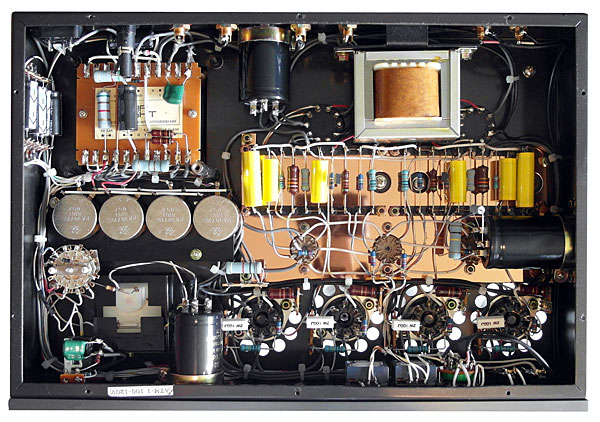| Columns Retired Columns & Blogs |
My fave part of your reviews are the personal touches; of how our hobby interacts with the rest of our lives.
As the husband of a very understanding wife, I laughed at the SAF aside! (Any holiday in a foreign city must involve a visit to the best audio shop and a vinyl emporium.) Since cooking is her hobby, it takes no effort on my part to share her interest!
Although serious music listening tends to be a solitary experience, it takes up enough time (and floor area), that an understanding spouse is much appreciated.









































